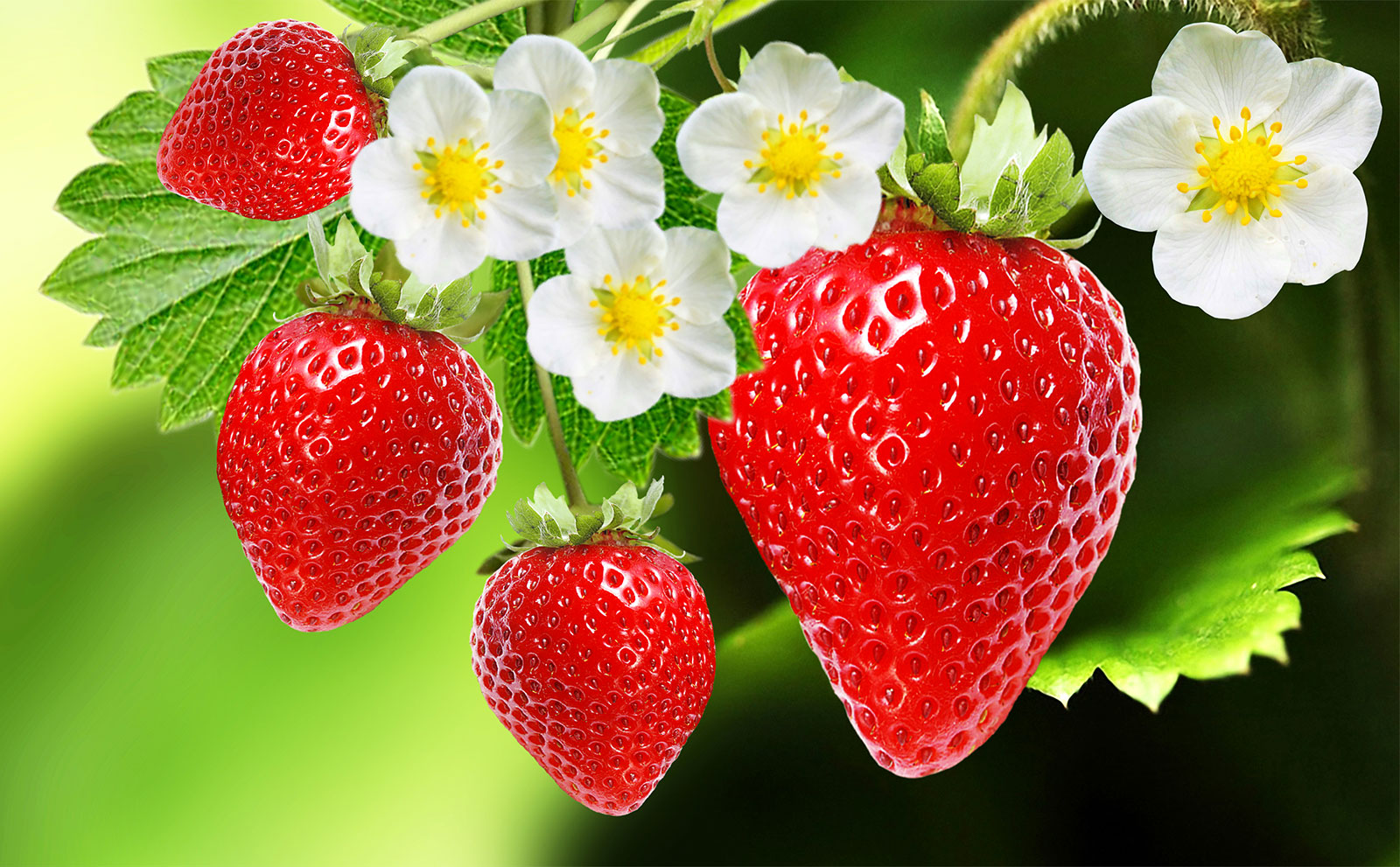



Article by: Hari Yellina
Strawberry farmer Nathan Baronio says sweet tooths will rejoice because he has been monitoring numbers in his berries that he is confident you will be able to taste. It everything comes down to the weather on a farm, and the nights have turned chilly while the days have remained warm on Queensland’s Granite Belt, two qualities strawberries love. The days will soon become too frigid for the plants, but they’re going out with a bang before the frosts arrive. It ultimately comes down to brix, a sugar content measurement. “You’ll see levels of between six and nine during the typical part of the season, but as we approach closer to the end of our season, we’re seeing recordings of 12 and 13.”
“We use a handheld refractometer to squeeze the juice from the fruit and receive a figure between zero and 20.” Mr Baronio said the past six weeks had been ideal for growing the tastiest strawberries, despite a “up and down” summer on his farm with significant rains and scorching days. Any berry producer will tell you that strawberries are highly particular about their environment. The recent weather in Stanthorpe, according to Christopher Menzel, lead horticulture with Queensland’s Department of Agriculture and Fisheries, was just what the fruit had requested. “When you have lovely, clear, blue-sky days that are warm but not too hot, with cool nights, you get greater brix levels,” Dr. Menzel added.
According to Dr. Menzel, the higher the brix level, the better the taste of most fruits, including strawberries. “However, taste and scent are complex,” he explained. “Organic acids and some minor components known as volatiles are also important.” “So, it’s a combination of all those different components contributed to the sweetness and flavour that a customer would detect when eating a berry,” says the researcher. Because strawberries are so sensitive to environmental factors, Dr. Menzel explained that recent study has focused on the berry’s response to climate change. He explained that his department had teamed up with the University of Florida to research how strawberries might fare in the future.
During the summer and autumn, the fruit is produced in cooler climes, such as Stanthorpe, and then shifts to sub-tropical conditions, such as the Sunshine Coast, where there are no frosts. “I believe climate change will have varied effects on different sections of the industry,” Dr. Menzel stated. “However, in other locations, notably down south where they grow them in the summer, the plant will suffer from heat stress.” Dr. Menzel believes that berries produced under cover will become increasingly common in the future. “There’s a lot of interesting cultivation, including horticulture crops like berries, in protected systems like glasshouses where the temperature can be moderated,” he said. “However, that’s probably only available to larger growers with a lot of cash.”